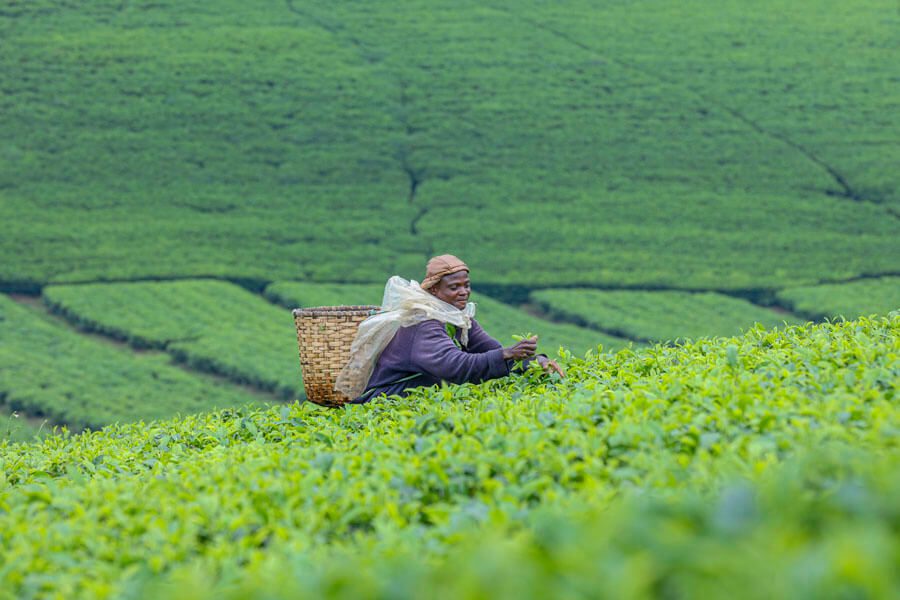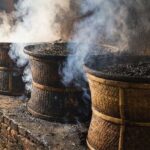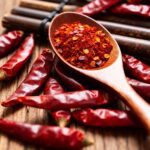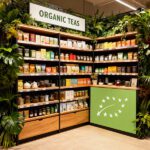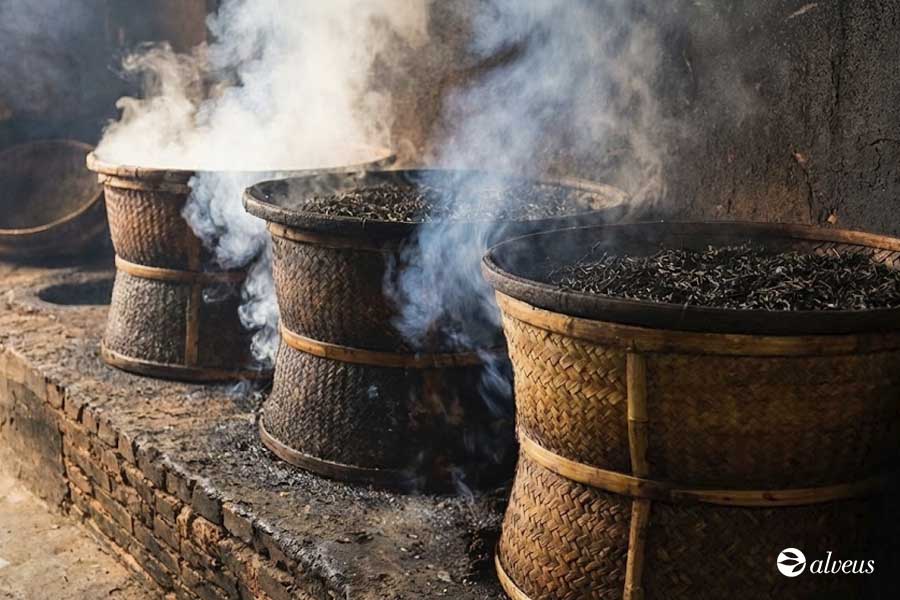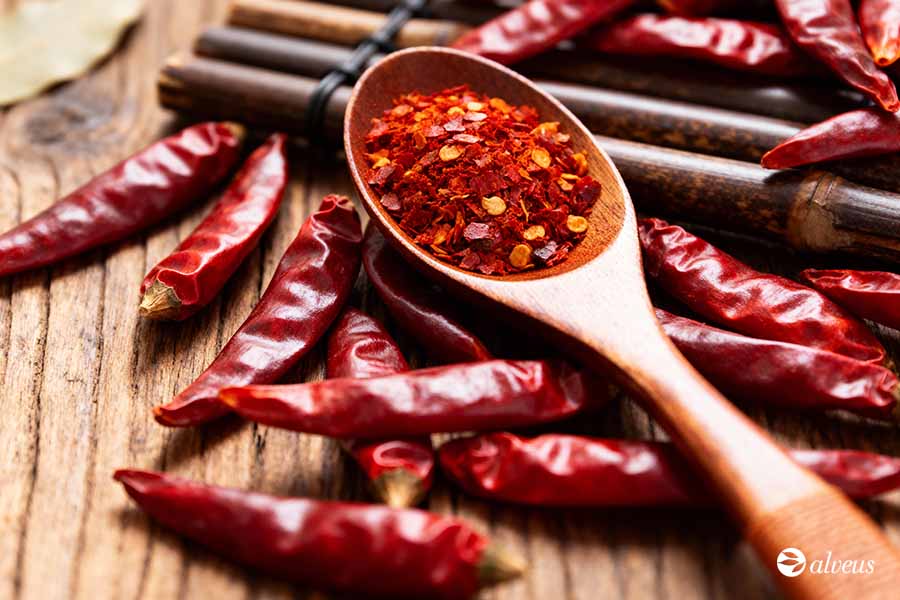Rwanda, known as the “Land of a Thousand Hills”, has emerged as a rising star in the African tea industry.
With nutrient-rich volcanic soils, high altitudes, and an ideal climate for tea cultivation, this small African country produces some of the world’s brightest and most sophisticated teas.
Despite its exceptional quality, Rwandan tea has historically been underestimated. However, this perception is changing rapidly as its unique profile gains international recognition.
Today, Rwanda’s tea plantations play a vital role in the country’s economy, contributing to national development and helping overcome challenges from its recent history. With steady growth and outstanding quality, Rwandan tea is becoming a key competitor in the global market and securing its place among the world’s finest teas.
History and Evolution of Tea in Rwanda
Tea cultivation in Rwanda began in the 1920s, but its real development took off in the 1950s with the establishment of the first commercial plantations. The industry was further strengthened after the privatisation of tea plantations in the 1990s, which led to significant modernisation, quality improvements, and greater sustainability.
Since then, Rwanda has experienced a steady increase in tea production, positioning itself as one of Africa’s leading tea producers.
The tea industry has also been crucial in job creation, particularly in rural areas where most of the population relies on subsistence farming.
Rwanda’s Tea-Growing and Production Regions
Rwanda’s mountainous geography provides an ideal climate for growing high-quality tea. The high altitude, rich volcanic soils, and moderate climate help balance equatorial temperatures, creating perfect conditions for premium tea production.
The country’s main tea-growing regions are located along the Congo-Nile Crest in the north, south, and west. These high-altitude areas, ranging between 1,600 and 2,500 meters above sea level, provide some of the world’s most fertile and well-drained soils.
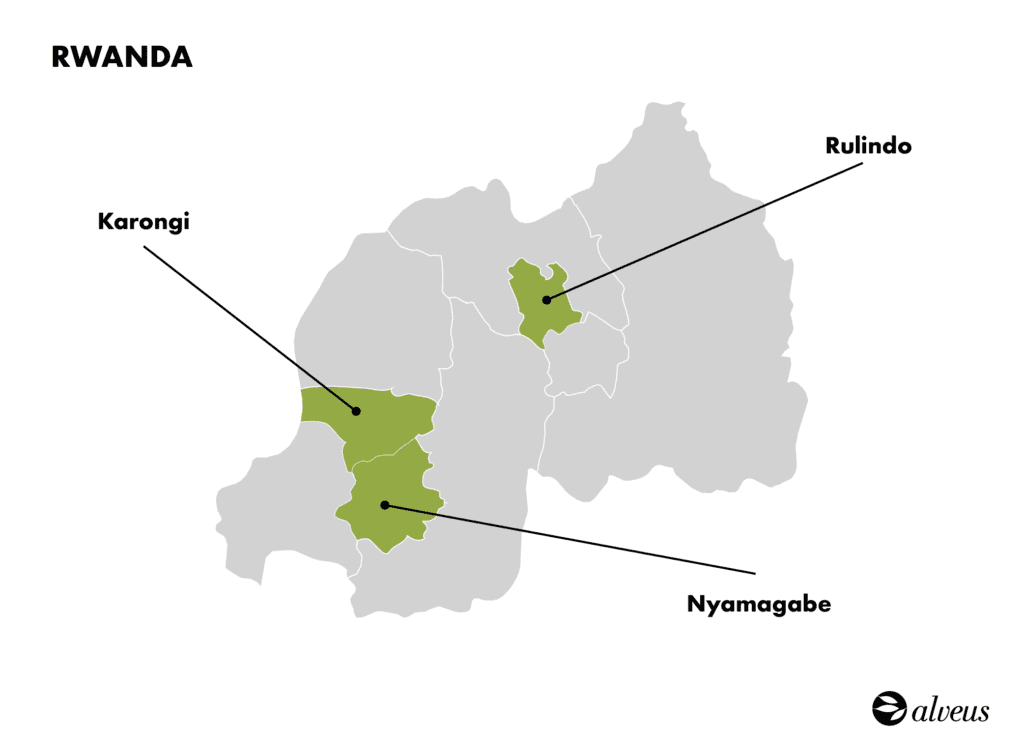
Key Tea-Producing Regions:
Karongi Region: Gisovu Tea Plantation
Located at over 2,300 meters altitude, Gisovu Tea Plantation is one of Rwanda’s most renowned tea estates. Thanks to its high-altitude location in the Karongi mountain region, which combines excellent elevation with volcanic soils, Gisovu tea is known for its intensity and unmatched freshness.
Gisovu’s ideal conditions near Nyungwe National Park give its tea a complex flavour profile with floral and citrus notes.
Nyamagabe Region: Kitabi Tea Plantation
Kitabi is known for producing tea with a robust flavour structure and sweet notes. Its plantations are located on mountainous slopes that allow for optimal sun exposure and effective rainfall absorption.
Kitabi teas typically have a deep flavour and a bright golden colour, making them ideal for both solo consumption and blending.
Rulindo Region: Sorwathe Tea Factory
Sorwathe Tea Factory is located in the Rulindo District, north of Kigali. It was established in an area that was once covered by papyrus marshes, which were drained to make way for tea plantations.
This unique environment, with acidic and humid soils, influences the character of its teas, giving them a distinctive aromatic complexity.
Sorwathe specialises in producing high-quality orthodox teas, both black and green. The company has also expanded its production to include steamed green tea, a product valued for its fresh and natural taste.
Rukeri Tea
Within the Sorwathe factory, Rukeri is the division specialising in the production of long-leaf orthodox teas. This area is distinguished by its moderate altitude and balanced climate, which promote the growth of large, high-quality leaves.
Additionally, Rukeri is known for its production of young bud teas, which are highly valued in international markets for their consistent quality and specialisation in premium orthodox teas.
Discover Rwanda Rukeri OP Organic, available in our Alveus B2B store.
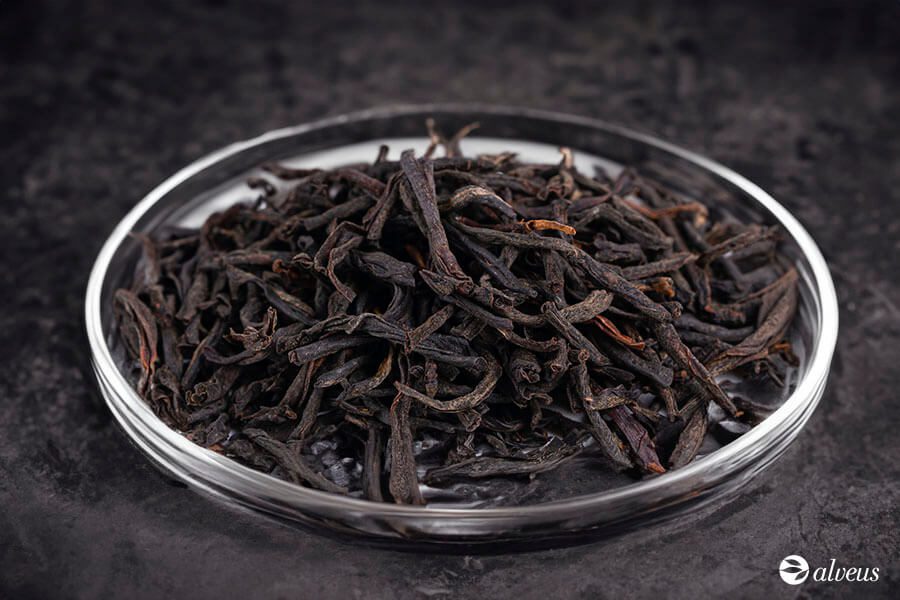
The Most Common Tea Varieties in Rwanda
Here are some of the most notable and marketed tea varieties from Rwanda:
CTC Tea (Crush, Tear, Curl)
This is the most common type of tea in Rwanda and serves as the base for many premium blends. It is characterised by its light body, bright golden colour, and quick infusion. Often enjoyed with milk, it is especially popular in Ireland and the UK.
CTC tea is primarily produced in Kitabi and Sorwathe, where the leaves are processed to create a strong and vibrant liquor.
Check out our post on black tea production methods to learn the differences between CTC and orthodox black tea.
Orthodox Tea
Produced in limited quantities, Rwandan orthodox tea stands out for its premium quality and refined profile with floral and citrus notes.
It is grown in some of the country’s highest and most fertile areas, particularly in Rukeri, where China jat tea bushes contribute to its aromatic smoothness and exceptional complexity. Comparable to the finest Ceylon teas, its infusion is light yet highly aromatic.
Steamed Green Tea
Rwanda’s steamed green tea is produced in small quantities in Sorwathe, taking advantage of China jat bushes and the region’s peaty soils. Its freshness and vegetal flavour have made it highly appreciated in international markets.
This tea is crafted using a steaming process that preserves its fresh, vibrant taste. It often has a grassy, almost marine-like quality, similar to Japanese green tea.
Silver Tips
Mainly produced in Rukeri, this exclusive tea is made from young buds harvested at dawn.
Its flavour is floral and sweet, resulting from a meticulous drying process that preserves its refinement and quality.
Present and Future of Tea in Rwanda
Although tea culture in Rwanda is not as deeply rooted as in other producing countries, its popularity has been steadily growing both locally and internationally.
In recent years, Rwandan teas have stood out at prestigious events such as the Global Tea Championships and the Africa Tea Convention, where they have been recognised for their balanced sensory profile and freshness. This has led buyers and premium brands from around the world to take an interest in the quality offered by this origin.
Furthermore, the growth of Rwandan tea is also due to its commitment to sustainability and the improvement of labour conditions in the sector.
These certifications guarantee responsible farming practices, fair labour conditions, and a sustainable approach to production. For businesses focused on ethical and high-quality teas, working with certified teas adds a unique value in increasingly demanding markets.
Commercially, recognition at the Mombasa auction has strengthened the competitiveness of Rwandan tea, attracting the interest of buyers specialising in high-end teas.
Conclusion
The growth of Rwandan tea in the international market is not only due to its quality but also to its commitment to sustainability and transparency in production.
For tea-focused businesses, this represents an opportunity to diversify their catalogues with an emerging origin that offers differentiated products aligned with trends in responsible consumption. Additionally, working with certified teas adds a unique value in increasingly demanding markets.
The combination of high production standards, recognition at international fairs, and growing demand at specialised auctions strengthens Rwanda’s potential as a key origin for brands and distributors seeking quality and exclusivity in their offerings.


